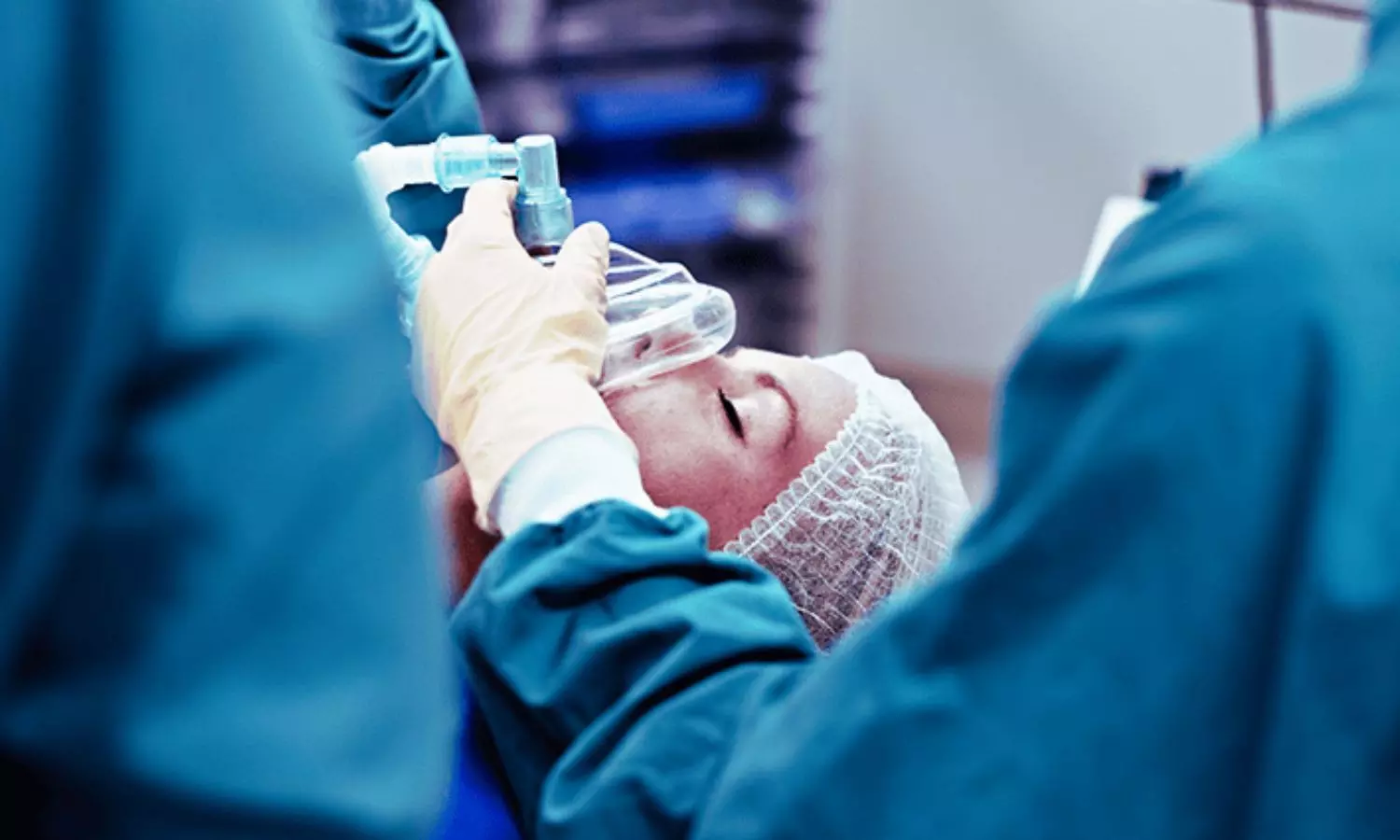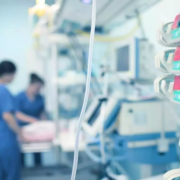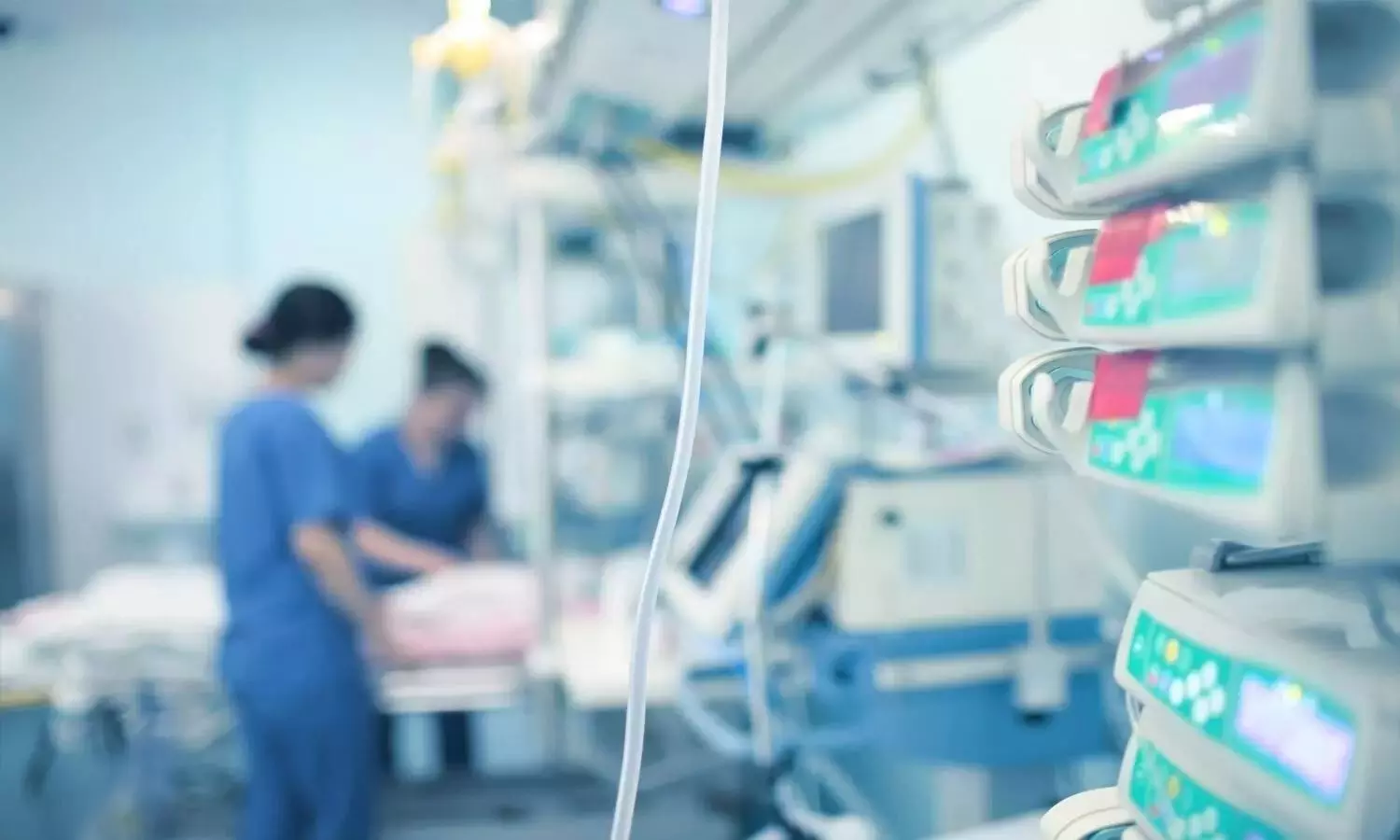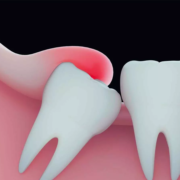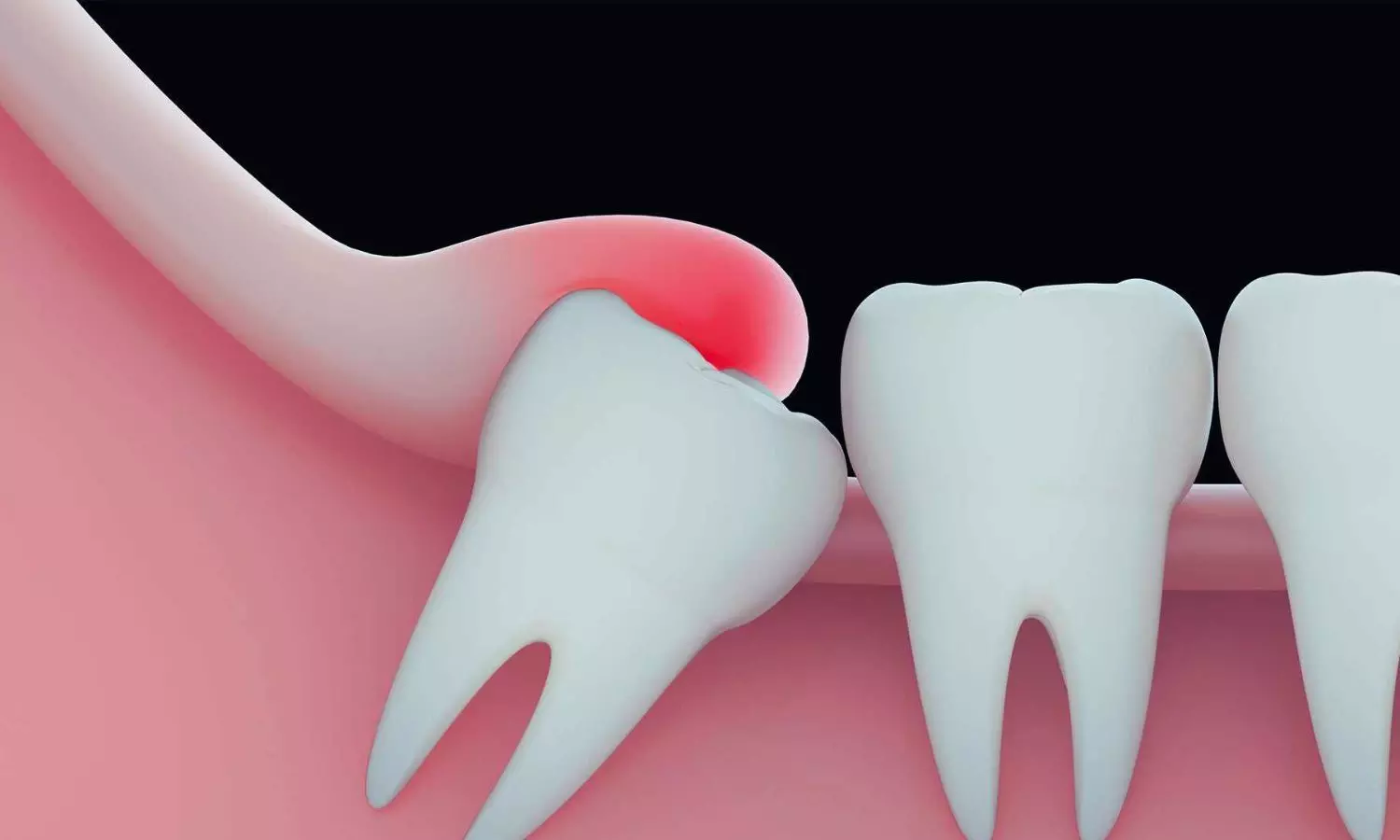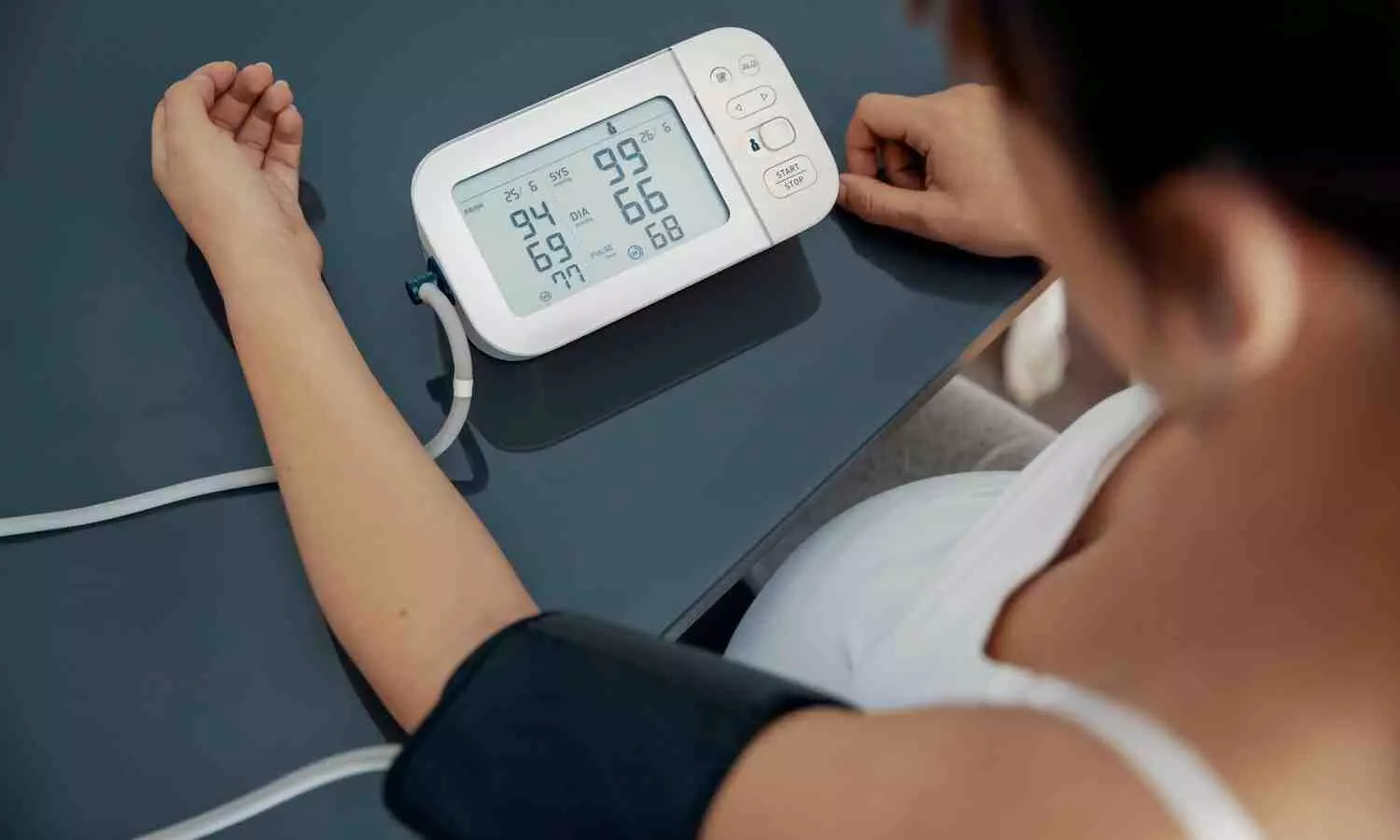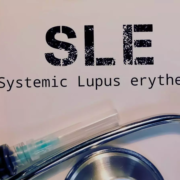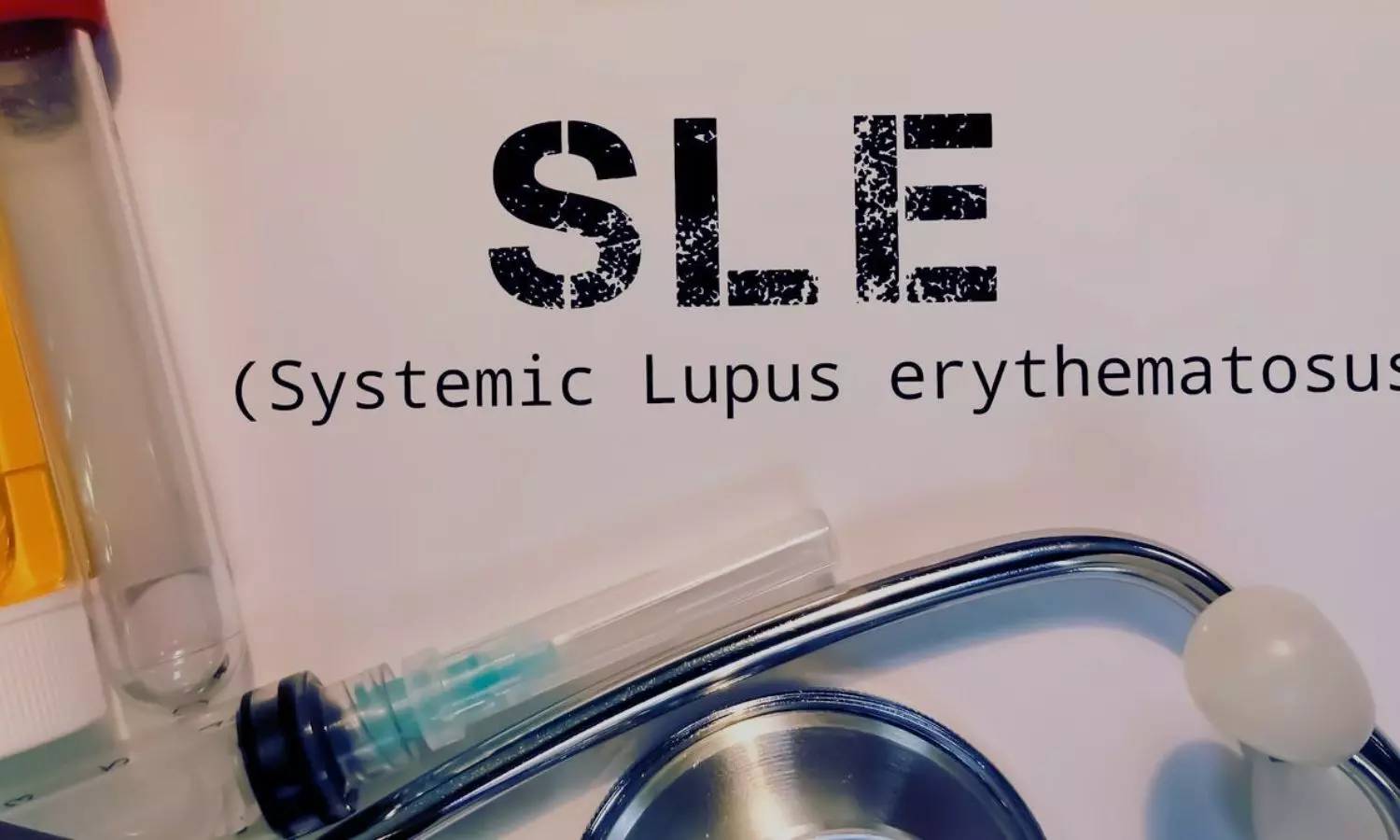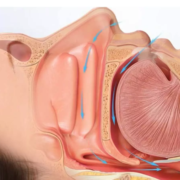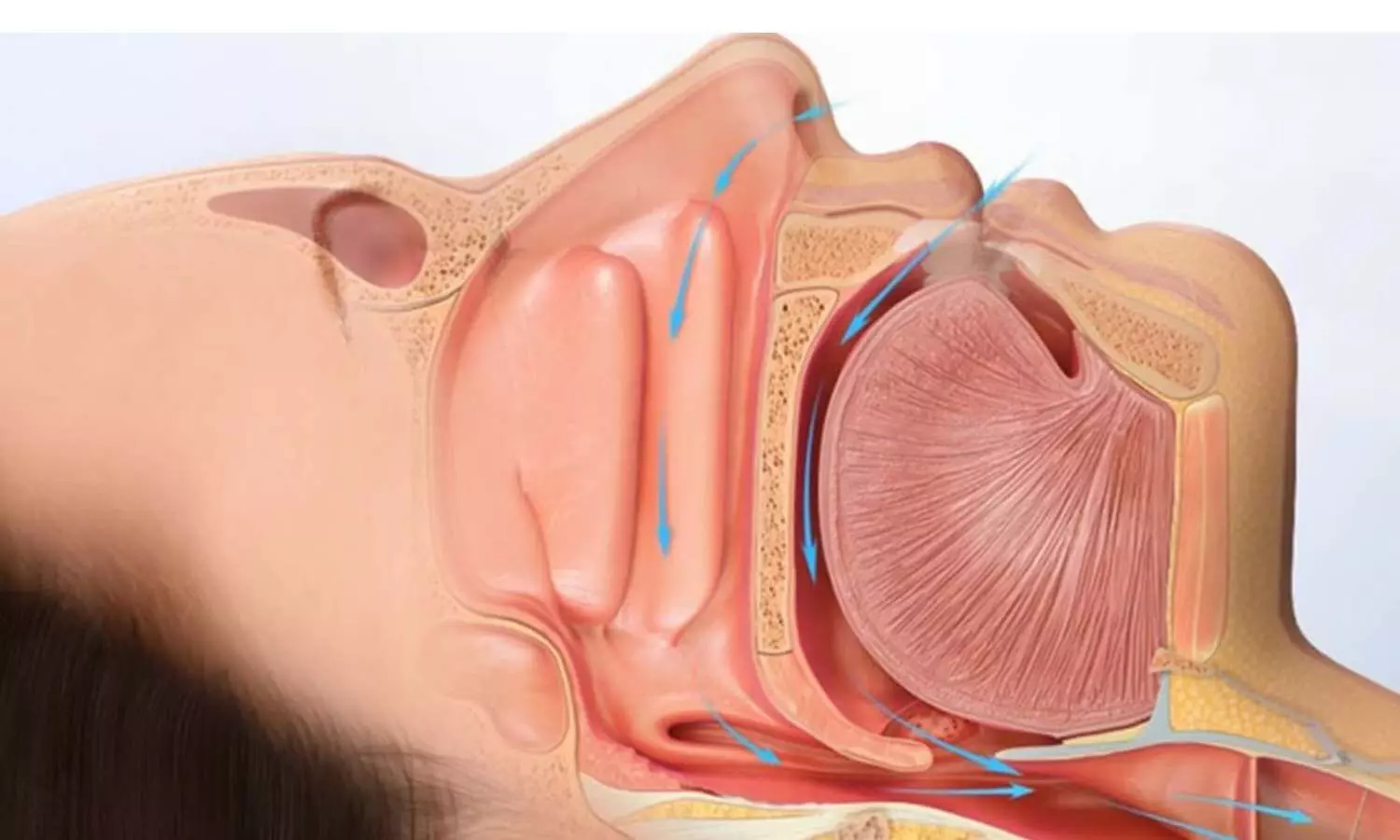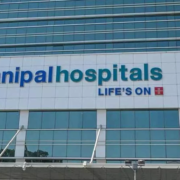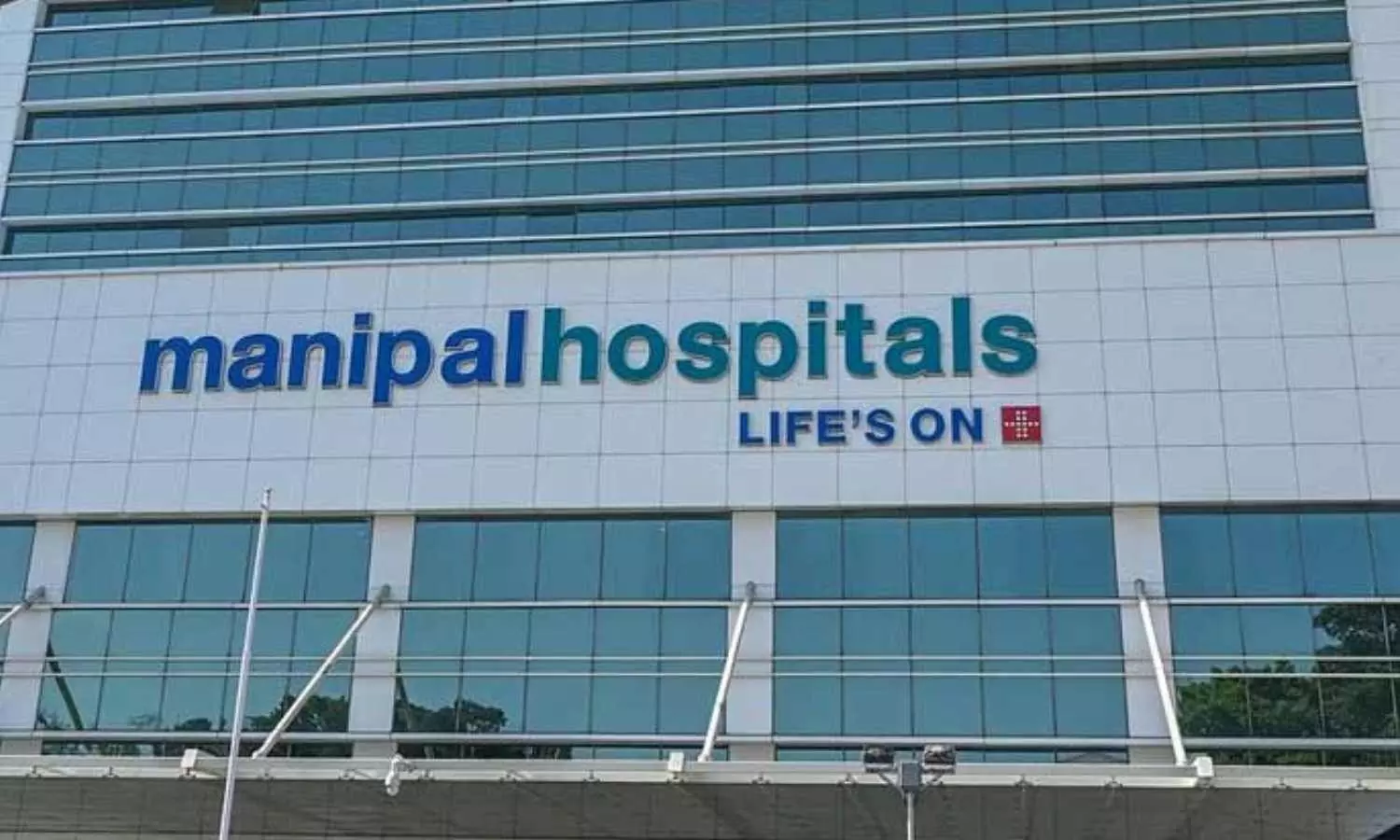Cupping therapy effective in reducing pain intensity of migraines: Study

A new study published in the Journal of Pharmacopuncture showed that although cupping therapy works well to cure migraines, it has no positive effects on quality of life. Migraines rank as the 6th most prevalent illness in the globe. According to recent study, 4.9% of all impairments worldwide are thought to be caused by migraine headaches, which afflict 14% to 15% of the population worldwide. Recurrent episodes of unilateral throbbing headaches that last for four to seventy-two hours, photophobia, nausea, phonophobia, vomiting, and cutaneous allodynia are the core symptoms of migraines.
Cupping therapy is a well-liked traditional Chinese medicine method that has been used for centuries to treat respiratory conditions, pain, inflammation, improved blood circulation, and stress. It is particularly popular in South East Asian, East Asian, and Middle Eastern regions. Thus, the primary objective of this review is to carefully evaluate and assemble the therapeutic efficacy of cupping therapy for the treatment of migraine headaches.
Clinicaltrials. gov, PubMed/MEDLINE, Cochrane CENTRAL, ProQuest, ScienceDirect, SinoMed, and the National Science and Technology Library were the 7 databases that were thoroughly examined. Reduction of pain severity and success of treatment are the main goals. The risk of adverse events (AEs) and an improvement in quality of life (QoL), measured by the Migraine Disability Scale (MIDAS), were the secondary objectives. Based on the cupping methods (wet and dry cupping) and supplementary adjunctive therapies (such as acupuncture and/or collateral pricking), subgroup analyses were carried out.
There were a total of 1,446 individuals over 18 trials that were included out of 348 records. The ones who received cupping therapy had far greater treatment success rates. The wet cupping was the only modality that showed statistically meaningful improvement. When compared to cupping therapy alone, the supplementary adjunctive therapy did not result in a higher amplitude of therapeutic success. Also, compared to baseline, the cupping treatment demonstrated a substantial decrease in pain and reduced the probability of adverse events. However, cupping did not enhance overall quality of life. Overall, this meta-analysis states that cupping treatment is a safe and effective way to treat migraine headaches. Cupping showed a minimal risk of side effects, decreased pain intensity, and increased treatment effectiveness.
Reference:
Mohandes, B., Bayoumi, F. E. A., AllahDiwaya, A. A., Falah, M. S., Alhamd, L. H., Alsawadi, R. A., Sun, Y., Ma, A., Sula, I., & Jihwaprani, M. C. (2024). Cupping Therapy for the Treatment of Migraine Headache: a systematic review and meta-analysis of clinical trials. In Journal of Pharmacopuncture (Vol. 27, Issue 3, pp. 177–189). Korean Pharmacopuncture Institute. https://doi.org/10.3831/kpi.2024.27.3.177
Powered by WPeMatico



